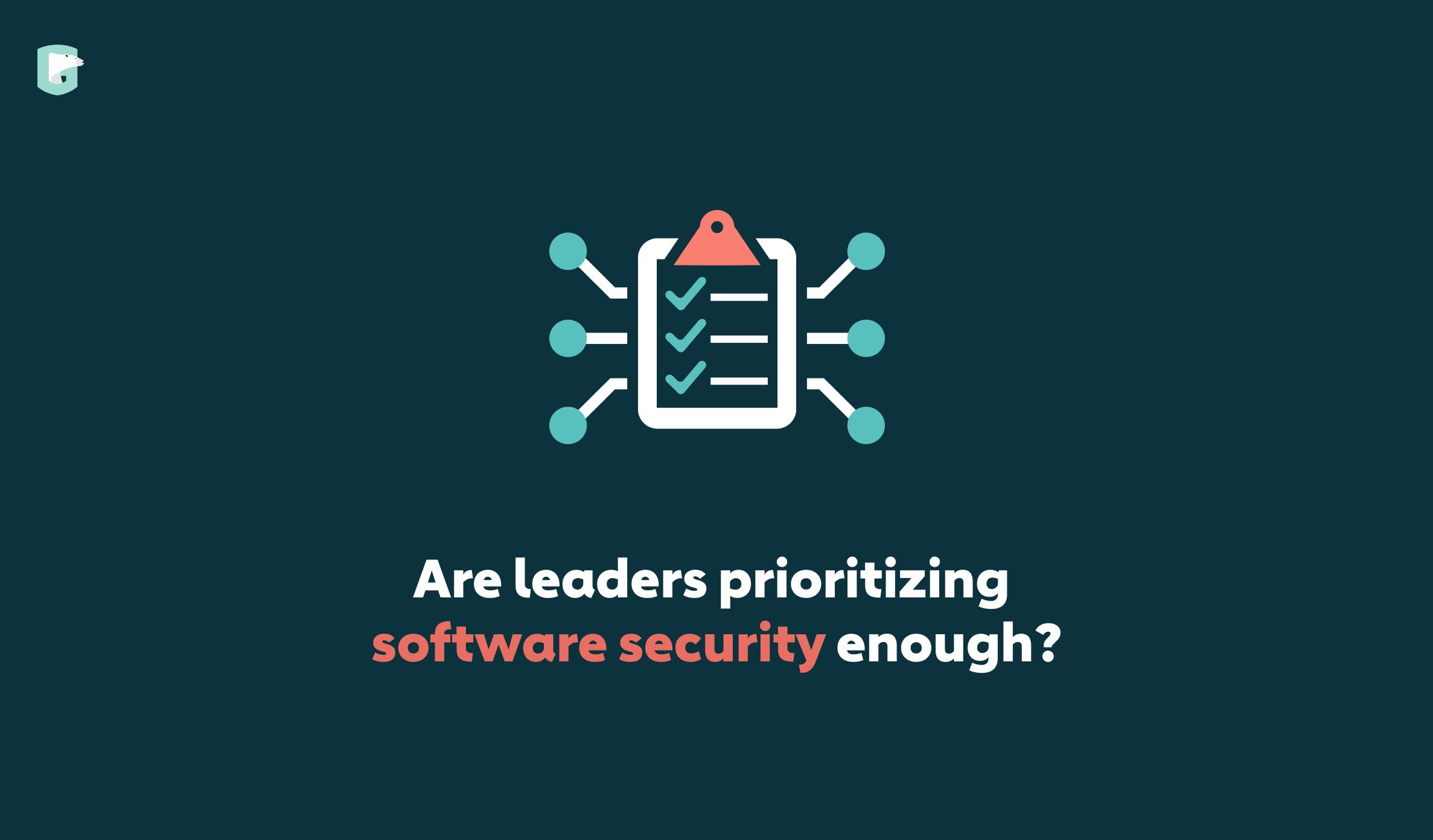What Business Owners Can Learn From the T-Mobile Breach


What happened?
In March 2023, T-Mobile’s internal security measures alerted the organization that a bad actor gained access to limited information from a small number of T-Mobile accounts between late February and March 2023.
How many people were affected?
According to a notification on the website of Maine Attorney General Aaron Frey, the intrusion affected 836 customers. No personal financial account information or call records were affected. The information obtained for each customer varied, but may have included full name, contact information, account number and associated phone numbers, T-Mobile account PIN, social security number, government ID, date of birth, balance due, internal codes that T-Mobile uses to service customer accounts (for example, rate plan and feature codes), and the number of lines.
What did they do right?
First and foremost, T-Mobile’s internal security measures worked as designed. By alerting the organization of unauthorized activity, it was able to respond accordingly.
To further protect affected customers, T-Mobile has done the following:
- Proactively reset T-Mobile Account PINs
- Offer two years of free credit monitoring and identity theft detection services
What lessons can we learn and apply?
The incident is the second hack to hit T-Mobile this year. It’s the ninth since 2018.
As the use of advanced technologies such as 5G, Internet of Things (IoT), and cloud computing grows, the range of potential cyber threats that telecommunication entities face has greatly expanded. It is therefore imperative for these organizations to implement robust and comprehensive cybersecurity measures to address the vulnerabilities created by these advancements. If there is no effort to bolster their security posture, expect breaches to reoccur.
Failure to do so could lead to significant risks, making it critical to establish a multifaceted cybersecurity system to protect their operations and ensure the confidence of their stakeholders.
Here are several recommended practices as they strengthen their security posture:
- conduct cybersecurity assessments and audits
- implement a DevSecOps pipeline that fosters collaboration between development and security teams
By following these best practices, businesses and agencies can take proactive steps to protect their valuable data and prevent costly data breaches.
More Posts

In this day and age, it is not an overstatement to say that data has developed into a resource that is both substantial and essential. In fact, this is one of the key reasons why some of the most well-known technology businesses are pleased to offer their services at no cost: doing so enables them to gather the customers’ personal information on an unprecedented scale.

Discover the valuable insights that business owners can gain from the OrangeTee & Tie breach. Learn about the lessons learned from this incident and how you can protect your business from similar security breaches.

Enterprise applications are valuable assets for modern organizations. But more applications also mean an expanding enterprise risk surface and an increased risk of serious cyber attacks. In this landscape, organization leaders must pay more attention to enterprise application security (AppSec). But the question that needs answering is: are leaders prioritizing security enough?


